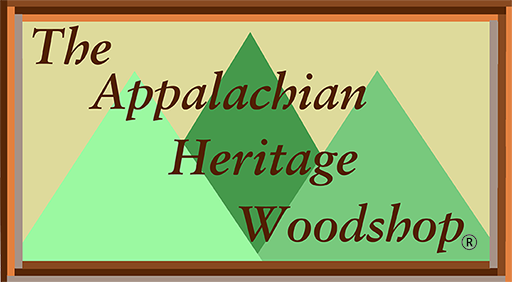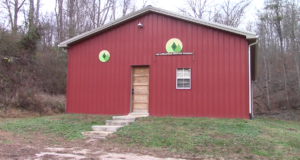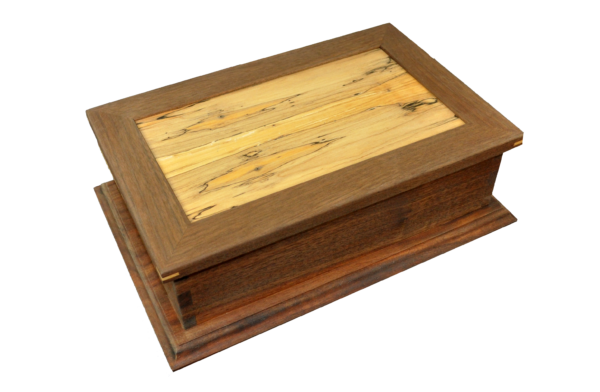
Bible Box Project

Inspiration
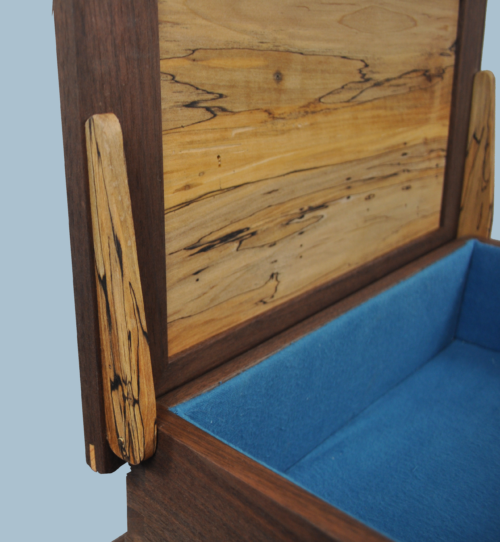
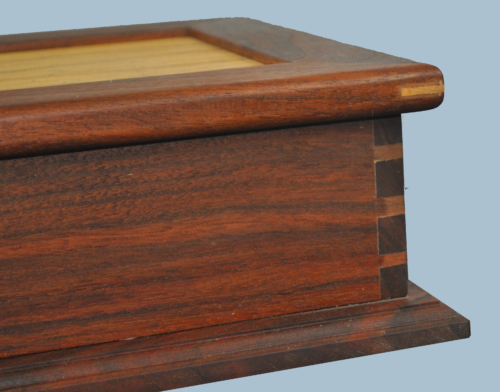
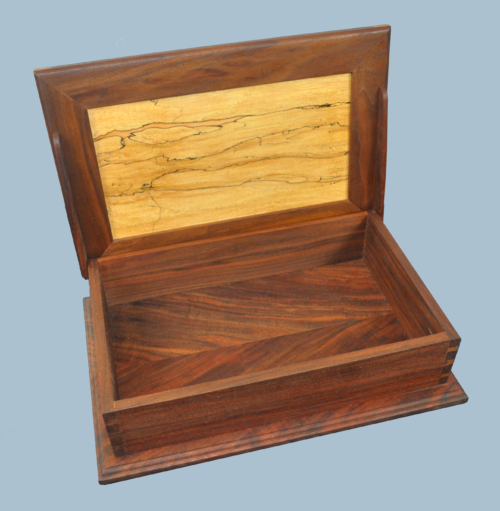
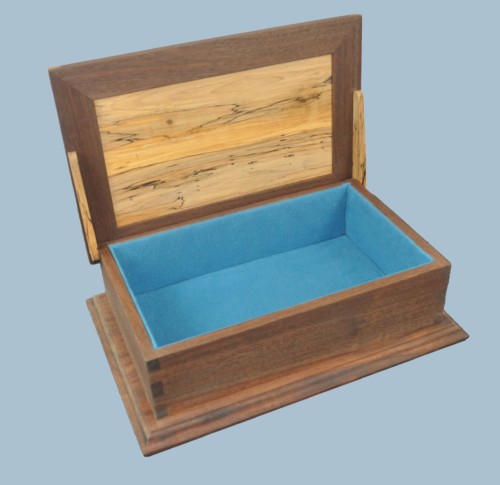
In the Appalachian area family Bibles were cherished. Many times, it was the only book the family would own. It was common for the family to gather together and read scripture, pray daily and discuss lessons learned. These were also used to record the family history such as births, deaths, marriages and other major family events. Often locks of hair from a deceased or flowers from a special ceremony were pressed and stored in the family Bible. Because the family Bible was used in this manner it was common to house it in a dedicated box. Of course, this box would be made by a member of the household so it would be simple in design but the pride would be reflected in the craftsmanship.
I have designed a Bible Box that can be made with simple tools or modern machinery. The only hardware, a wooden hinge with a metal pivot pin, reflects the common style from the Appalachian region. The joinery is dovetailed corners and the bottom is attached with wooden dowels or cut nails. The lid is a frame and panel style with the mitered corners of the frame reinforced with exposed, contrasting splines. The panel is flat and of a different species than the frame. With the designated overhang the lid opens just beyond ninety degrees and stays to minimize the stress on the hinges. The sides are the tail boards and the front/back are the pin boards. This is reversed from normal design but necessary to allow the metal pivot pin in the hinge to be inserted into the strong, long grain of the wood and not end grain. If inserted into end grain it would not endure over time.
Since the family Bible would be stored inside a liner would be installed for protection. This unique box would be sized for the specific Bible the family owned. The construction would be done inside during the winter months when outdoor activities would be minimal.
Scenes from “The Bible Box Episode”
This unique Bible Box can be built with simple hand tools or machinery and reflects the Appalachian culture. My first thought was to the hardware – it would have to be something that could easily be made instead of purchased to reflect the time and self-reliance of the Appalachian people. Second, it would have to stand the test of time under an adverse climate. This lead me to use a metal pivot pin as the hinge and a frame and panel lid. Dovetailed corners on the box would obviously have been used generations ago so I stayed with that design type. A bottom applied with nails or wooden dowels finalized the design.
Dimensions: 16″W x 11.5″D x 4.5″H Inside Dimensions: 14W” x 8.5D”
